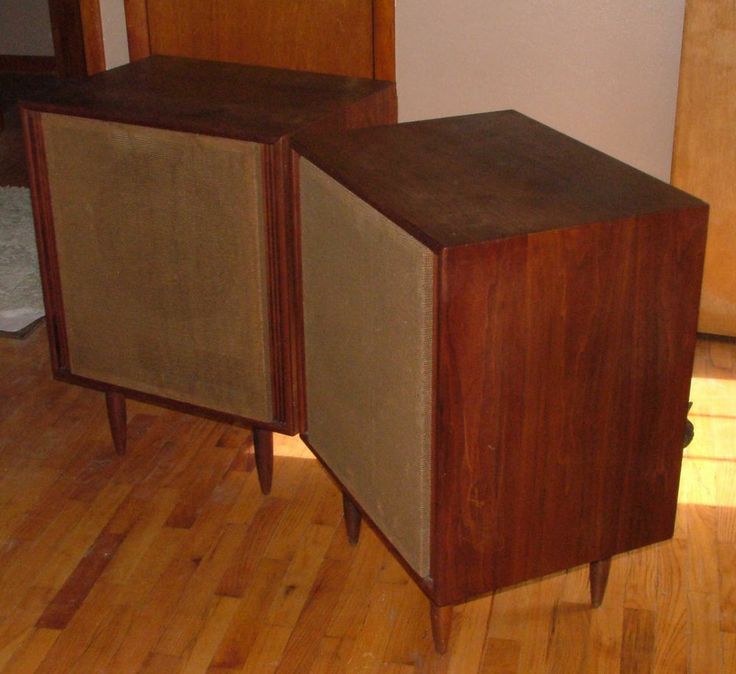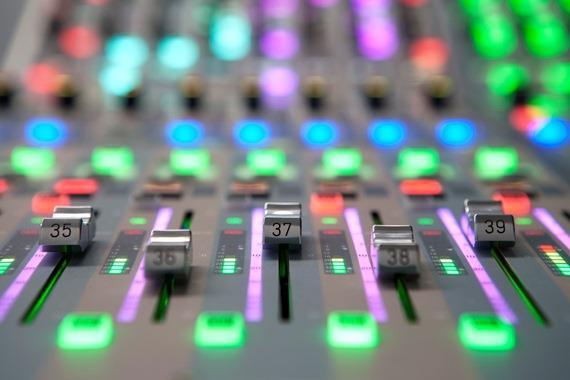Hugh Robjohns wrote: ↑Wed Jul 28, 2021 11:00 am One of the nicest implementations of the concept of changing fader colour to indicate function was from Audix Broadcast (UK). They showed a really clever and fully functional prototype system in 2001 where the actual fader knob changed colour. Sadly, AFAIK no commercial product was ever made with their technology.
That looks great. I did a few shows on a Soundcraft console with the FaderGlow system and was amazed at how effective it was. I initially thought it was a bit of a gimmick, and it's probably not for everyone, but my brain loves a bit of colour coding and it really helped find my way around when changing between banks/scenes etc.


